Sarah Kuhn is the author of the popular Heroine Complex novels—a series starring Asian American superheroines. The first book is a Locus bestseller, an RT Reviewers’ Choice Award nominee, and one of the Barnes & Noble Sci-Fi & Fantasy Blog’s Best Books of 2016. She also penned the beloved YA rom-coms I Love You So Mochi and From Little Tokyo, With Love, and a variety of short fiction and comics, including the DC Comics graphic novels Shadow of the Batgirl and Girl Taking Over: A Lois Lane Story and the Star Wars audiobook original Doctor Aphra. Her books have been Junior Library Guild Selections and nominees for YALSA’s Best Fiction for Young Adults and the Golden Poppy Award. They have also been featured on Best of… and Most Anticipated lists in People Magazine, Barnes & Noble’s Sci-Fi & Fantasy Blog, Book Riot, Amazon, the AV Club, Nerdist, Entertainment Weekly, the New York Times, and more. Additionally, she was a finalist for both the CAPE (Coalition of Asian Pacifics in Entertainment) New Writers Award and the Astounding Award for Best New Writer. A third generation Japanese American, she lives in Los Angeles with her husband and an overflowing closet of vintage treasures.
I had the opportunity to interview Sarah, which you can read below.
First of all, welcome to Geeks OUT! Could you tell us a little about yourself?
Hi! I’m Sarah Kuhn, a writer of prose and comics. My stories are often about Asian American superheroines and nerds in love—sometimes in the same story, sometimes not! And I like to say my general writing focus is Asian Girls Having Fun. I wrote the Heroine Complex series, which was all about Asian American superheroines in San Francisco—fighting evil things like demonic cupcakes and gigantic porcelain unicorns, falling in love with wild abandon, singing bad karaoke and eating worse junk food, and just generally being complete messes. I also wrote the YA rom-coms I Love You So Mochi and From Little Tokyo, With Love, and I’ve done a fair bit of licensed work, like the DC Comics graphic novel Shadow of the Batgirl (with amazing artist Nicole Goux) and the Star Wars audiobook original Doctor Aphra (which is all about the best Star Wars character ever: queer, chaotic, morally gray space archaeologist Doctor Aphra). And now our book, Girl Taking Over: A Lois Lane Story! I’m also a bisexual, biracial third generation Japanese American, a proud Angeleno (transplanted from the Pacific Northwest), and an enthusiastic enjoyer of fashion and food and art.
What can you tell us about your latest project, Girl Taking Over: A Lois Lane Story?
Our book follows a biracial Japanese American teenage Lois Lane as she embarks on her first big internship in the big city (National City, which is kind of DC’s version of LA). It’s the summer before college, and she’s full of fire, raring to go, and keeping track of everything in her extremely detailed Life Plan notebook, which I believe we described as “your bullet journal on steroids.” But a bunch of obstacles immediately block her perfect summer—an unexpected and annoying frenemy/roommate, a dream internship that morphs into a nightmare when the hip website she was supposed to work for is acquired by a huge media conglomerate. In true Lois Lane fashion, she refuses to give up without a fight. This book is bursting with so much color and joy and movement thanks to Arielle Jovellanos’ jaw-droppingly beautiful art, Olivia Pecini’s vibrant colors, and Melanie Ujimori’s dynamic lettering. It’s so delicious, I want to eat every page.
What was the inspiration for this story?
After I finished writing Batgirl, I really wanted to keep working with my incredible DC editor, Sara Miller. Sara is everything you could ever want in an editor and creative partner—kind, clever, passionate, empathetic, and up for fighting the good fight right alongside you. We talked about a few possibilities, and we really loved the idea of exploring Lois just as she’s falling in love with journalism and finding her voice. I drew a lot from my own experiences as a young journalist with fire in my belly. And I’ve always been a huge Lois Lane fan, going back to the Christopher Reeve movies with Margot Kidder. She was such a force.
Asian American identity is a big facet of Girl Taking Over: A Lois Lane Story. Could you talk a bit about what it meant for you to write/illustrate a story discussing that subject?
I don’t know if I can even express how meaningful this was—at least not in mere words. Possibly some exhilarated screaming would do it? Since I’ve always loved Lois, it meant so much to me to be able to reimagine her in this way, and to think about what this might have meant to the child I was. Like our Lois, I grew up in a really small, really white town and I was always dreaming of what a bigger world would be like. I hope young people of color get a kick out of seeing a legendary legacy character like Lois depicted in a modern and inclusive way. Everyone deserves to see themselves as this kind of larger-than-life hero—and it was wonderful for Arielle and me to be able to include a wide range of specific cultural references drawn from our own lives. Also, apparently a lot of Asians of my generation always thought Lois was Asian. Well, now she is!
As a creative, what drew you to the art of storytelling, specifically within the comics/ graphic novel medium?
I’ve always been obsessed with comics—I used to haunt those spinner racks at the grocery store like a tiny, superhero-obsessed ghost. There is something beautifully unique about the ways in which comics can tell a story—images and words together, layouts that feel like actual movement, page turns that make you gasp. I love the visual language of comics, and I feel like I’m constantly learning new ways to tell a story through the medium. And I love the collaboration of it—comics are all about teamwork, writing little notes back and forth to each other, getting excited about what your other talented teammates are doing. It starts to feel a bit like you’re all working on a big, shared fanfic—you’re fans of both the story and each other. I guess what I’m trying to say is there’s lots of (joyful) screaming. I don’t know how screaming became a theme of this interview. Arielle and I screamed a lot.
How would you describe your creative process?
I feel like it’s different every time and it depends on the specific project. I suppose the part that is a constant—and maybe the part I love the most—is when you’re really intensely in it and you are just totally obsessed with the thing you’re working on. You hear the characters in your head, specific lines pop up in your dreams, images rotate through your brain on a constant cycle. I’ve always been an obsessive person, so I think that feels like a good outlet for that. I don’t know if it’s a healthy outlet, but I do enjoy it. And while I’m happy to finish a project, I also tend to feel a little sad because I have to say goodbye to hanging out with those characters every day and hearing them in my dreams.
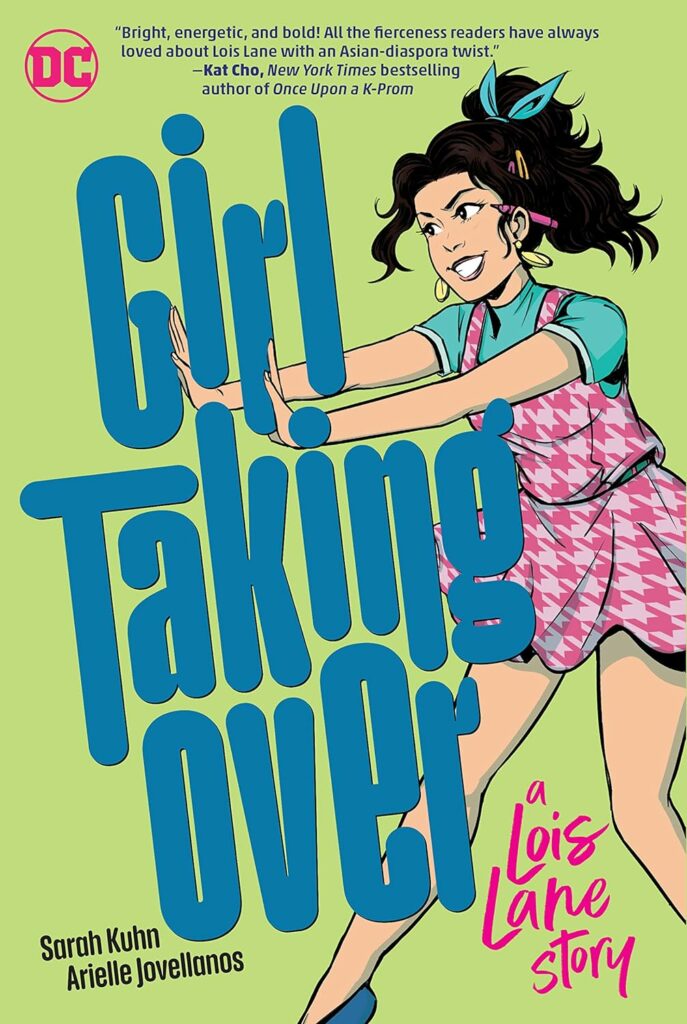
For those curious about the process behind a graphic novel, how would you describe the process?
I think this is highly dependent on what kind of graphic novel—licensed, creator-owned, traditionally published, self-published, print, digital, etc.? So many possibilities! For Lois, editor Sara and I went through a long pitch process before the book was approved. Then we did a few versions of the outline. I think it was around this time that Arielle came onboard and she started doing character designs and figuring out the visual style of the book. The script was written in four parts, so sometimes Arielle was working on Part I while I was writing Part III—which was pretty cool because we could really start playing off of and responding to each other as a creative team. I love the way she does body language and expressive movement, for instance, so I felt like I tried to write even more fervently toward that as we progressed. And then once we got Olivia and Melanie, we started seeing pages at every stage for every step of the creative process before the whole thing came together.
And as a team, how would you describe your collaboration style for this project?
It was a beautiful thing. Arielle and I have been wanting to work together forever—we both had our first official comics gig in an anthology called Fresh Romance, which focused on modern romance comics. We were on different stories, but I keep saying we saw each other across the pages of the book and developed artistic crushes on each other. So it just felt like it was meant to be. When I was writing the script, I had Arielle’s art style playing out in my mind—imagining how she might bring it to life was so exciting, and definitely shaped the overall voice and tone of the script. I think it was Judd Winick who said that he envisions a script as a letter to the artist, so I felt like I was basically writing Arielle total fangirl letters on cute stationery the whole time. And the more we worked together, the more it felt like we were sharing a brain.
Growing up, were there any stories in which you felt touched by/ or reflected in? Are there any like that now?
I was a story devourer, so there were many I was touched or moved by or that stick with me to this day. There wasn’t as much that I felt truly reflected in, though—when I was younger, the casts of the sci-fi, superhero, and fantasy stories I loved so much were usually still all or mostly white. Perhaps the earliest reflection of myself I saw was Claudia Kishi in the Baby-Sitters Club books—she wasn’t like any Asian American girl character I’d seen before. She was artsy and creative and an incredible dresser and really bad at math—truly relatable. And like me, she was Japanese American and growing up in the suburbs. She’s still an icon to me and many others, and I think she showed a lot of us that being an artist was possible for an Asian girl. And now we have many more Asian American storytellers getting to write narratives that truly reflect who we are, in so many different genres and mediums—I love seeing that and am grateful to be part of it.
Are there any other projects you are working on and at liberty to speak about?
I have a short story in the anthology From a Certain Point of View: Return of the Jedi. This is part of a series of books telling stories about various supporting or background-type characters in the Star Wars movies. I’m not exaggerating when I say that it helped me heal a very specific childhood trauma. And last year, I wrapped up the Heroine Complex series, which was very satisfying. I’d been with those heroines since the beginning of my career, and it felt wonderful to be able to give all of them much deserved happily ever afters.

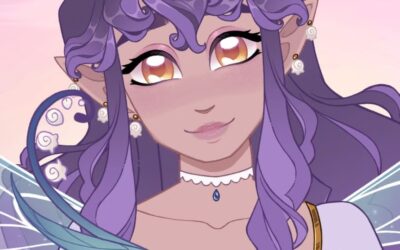
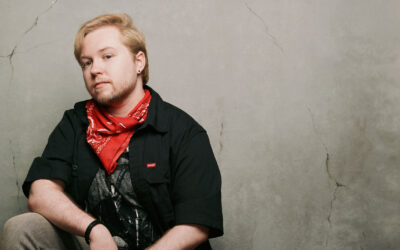
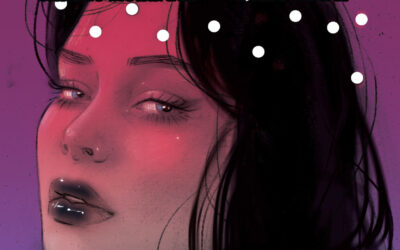
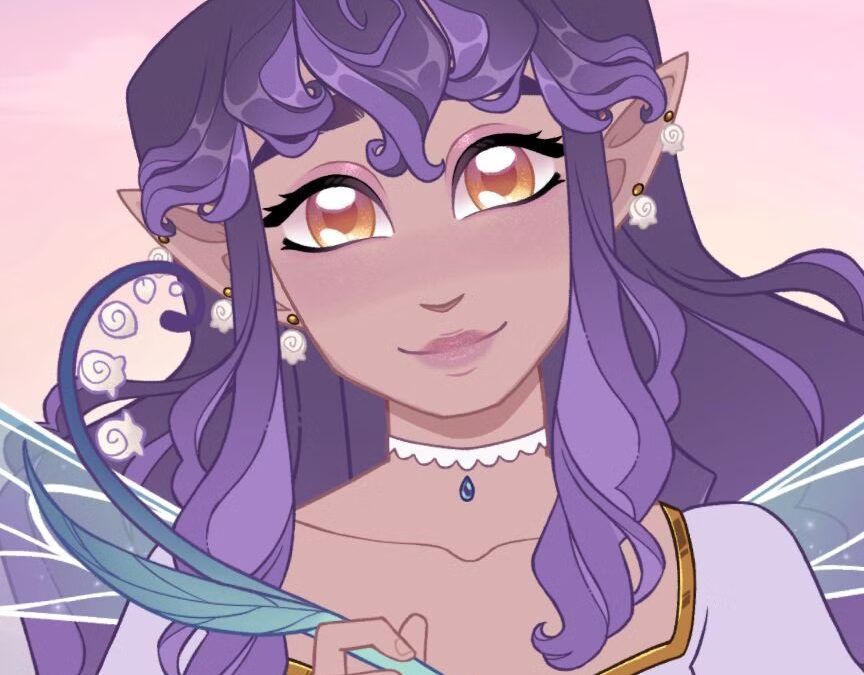
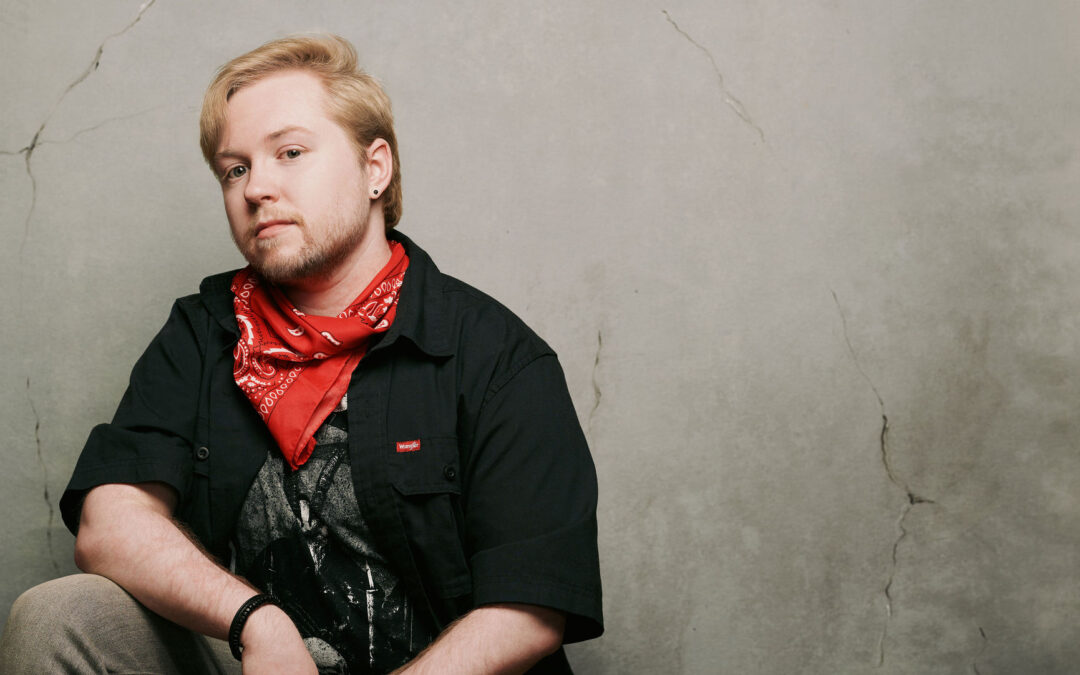
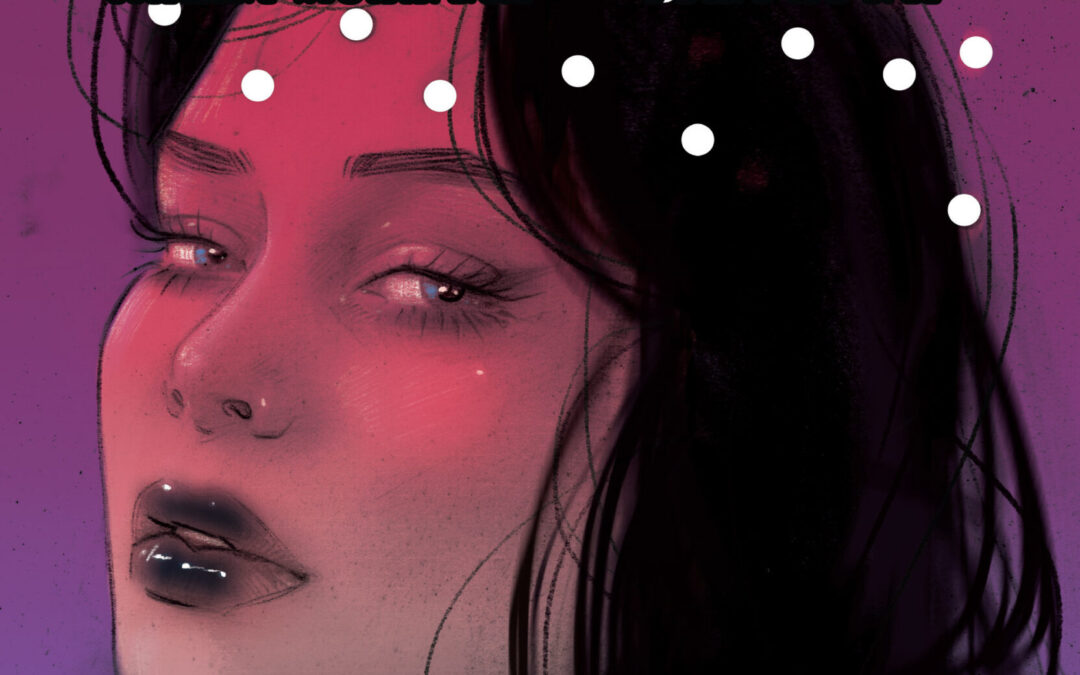
0 Comments